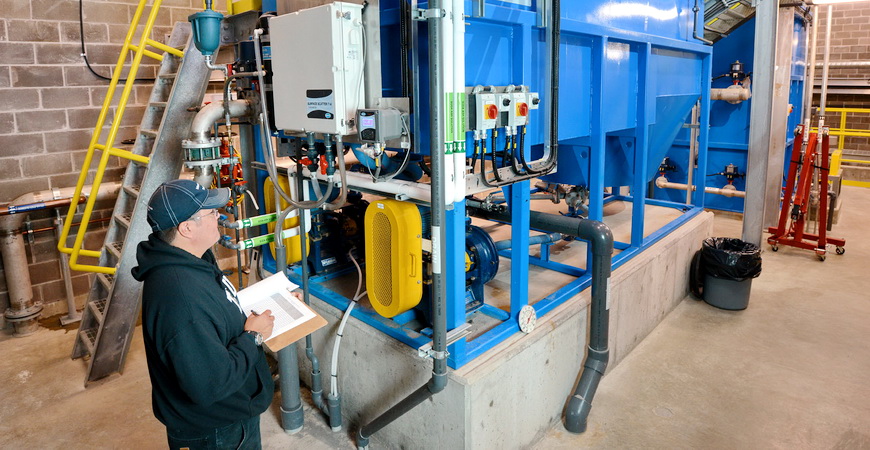[ViewPoints] Risk-based decision-making in asset management – how to prioritize investment programs
January 13, 2022
Owen James
Share
Expertise

This is the first of a two-part post.
We cannot avoid the need to manage risks. With continuing growth, aging assets, the pressures of climate change, and limited resources, managing physical assets has become ever more challenging in both the public and private sectors. We intuitively know that these circumstances create risks – economic risks related to asset failure and inability to fund essential maintenance or service and environmental-related risks such as interruptions to water supply, loss of use of facilities, or pollution events and contamination of the environment.
Our brains have been wired to evaluate risks, understand trade-offs, and make decisions about course of action. We process this type of information every day, for example, when and how to cross a busy street or whether to send our kids to school during this COVID-19 pandemic. Clearly everyone takes a different view of risk, as you see a variety of behaviours with regard to these activities. We each have our own risk appetite or internal risk threshold. We make different decisions because we individually have a different backdrop of experience and knowledge. These can significantly influence the decisions and judgement calls we make.

As risk machines, we are not all equipped to deal with the complexities of today’s society. In our own lives, we often make decisions on the fly. However, when we are responsible for more extensive asset portfolios, like a process facility or an entire town or city, the level of complexity has increased way beyond what most of us can process in our heads.
We can say to ourselves, “it worked last time so I am sure it will work again” and allocate budgets based on what we did last year. Or we can process what is front of mind – “The homeowners just told me about the ponding water on their street, we should go fix that storm drain”.
The reality is, this intuitive risk management approach to decision-making not only creates public health and safety concerns, but may also cost society more money. We may not notice the risks slowly building up. For instance, in a pump station, there may be a number of human behaviours that mask the risks. Consider an operator who has lovingly cared for a facility, keeping it running smoothly, managing all the little nuances of operation, putting in overtime or being the hero when things go wrong. The operator may also be masking a risk that could cause significant impact when they go on vacation or retire. Or the operator could be masking avoidable costs, that have just become the norm.

Back to the storm drain, what if we spend money fixing it, not realizing there is another drain in far worse condition, that will have far greater impacts, and cost ten times more to fix if we don’t do something immediately.
To see through these complexities, we require more evidenced-based systematic approaches to manage risks to our assets. If we want to provide transparency to customers or the public, we need to provide evidence and information applied in a consistent and clear manner in our decision-making.
In our next edition, we will explore how organizations can manage the complexity, use information, and make informed risk-based decisions.
About the authors:
Owen James, M.Sc., ENV.SP, CWEM, MIAM is our National Practice Leader for Asset Management. He has over 25 years of experience developing and implementing Asset Management capability for organizations in Canada and the United Kingdom.









